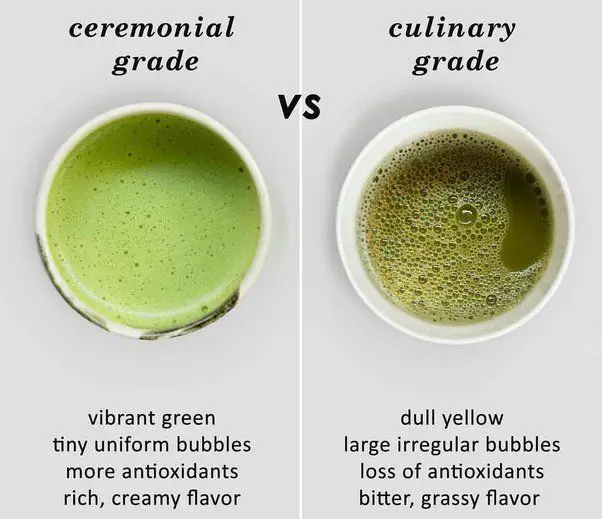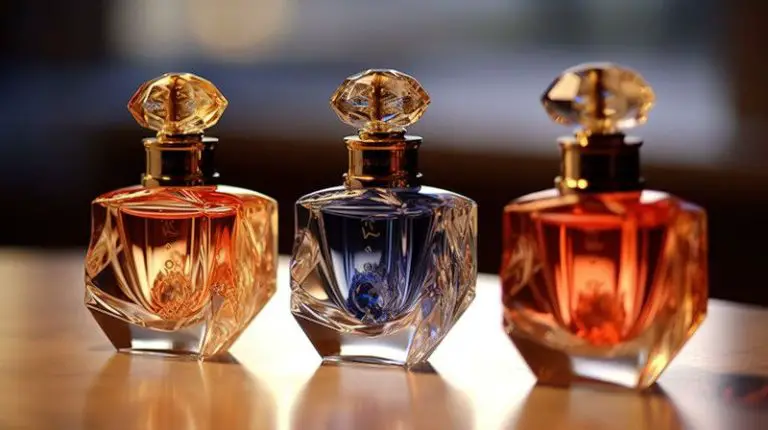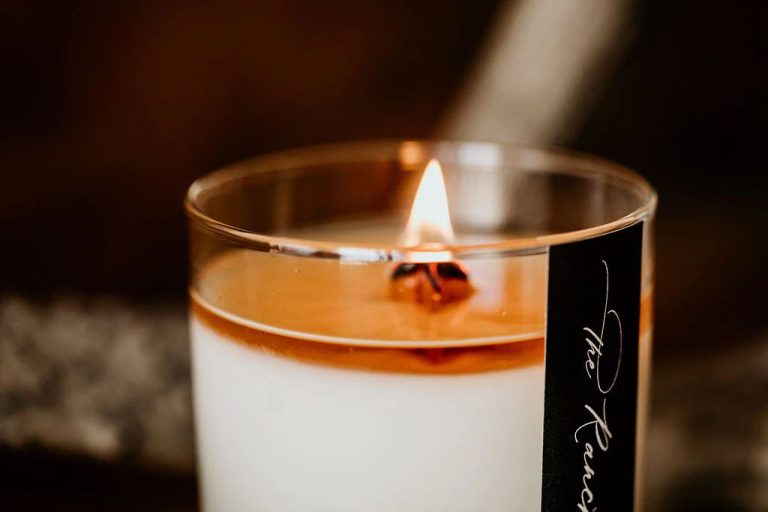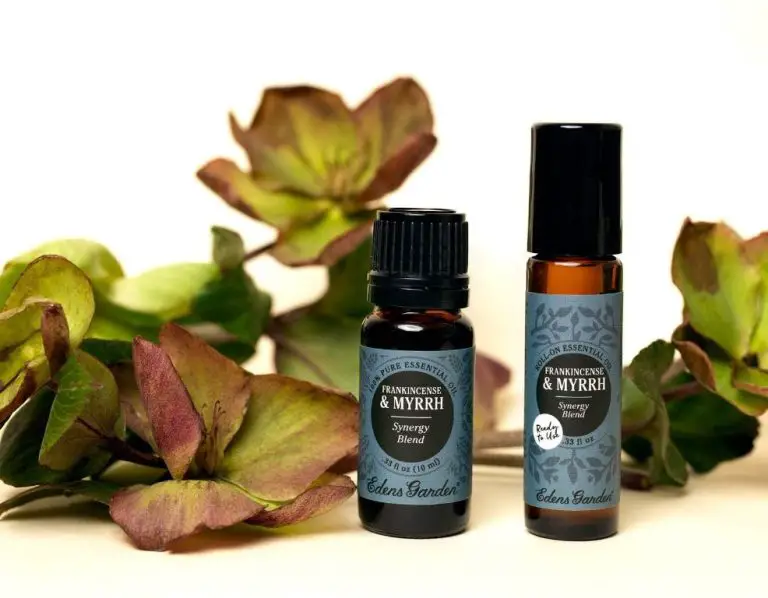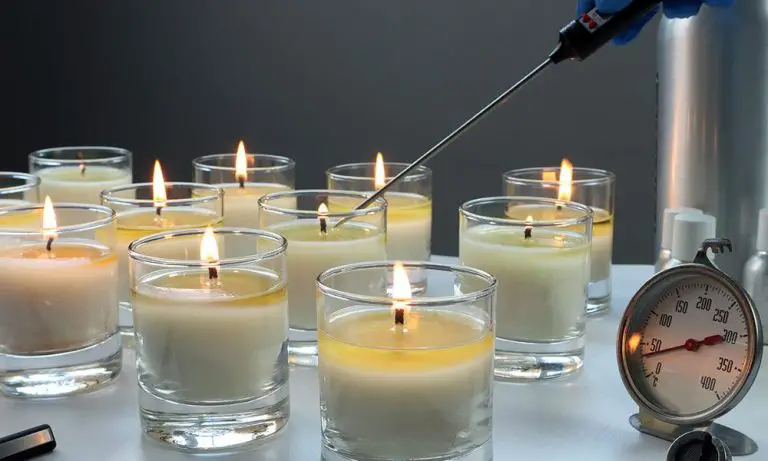Can I Scent A Candle With Cinnamon?
Candles scented with cinnamon are a popular choice for many reasons. The warm, spicy aroma instantly fills any space with coziness and nostalgia. The scent of cinnamon is often associated with fall and winter holidays, bringing to mind images of pumpkin spice lattes, freshly baked pies, and chestnuts roasting on an open fire. Beyond just smelling good, cinnamon essential oil also has a variety of potential health benefits. Studies have shown that cinnamon oil can act as a powerful antioxidant, reduce inflammation, boost brain function, and even fight harmful bacteria and fungi.
Cinnamon candle scenting has become more and more popular as people discover how easy and affordable it is to make customized, homemade candles. With just a few simple ingredients like wax, wicks, and cinnamon essential oil or ground cinnamon, you can create cinnamon-scented candles perfect for yourself or to give as gifts. The aroma of cinnamon is nearly universal in its appeal, making it a foolproof scent for homemade candles. This guide will walk through everything you need to know about safely and effectively scenting candles with cinnamon for beautiful, spicy, aromatic results.
Choosing Cinnamon for Candle Scenting
When selecting cinnamon to scent candles, you’ll first need to decide between Ceylon and Cassia varieties. Ceylon cinnamon has a delicately sweet and citrusy aroma, while Cassia cinnamon is bolder, spicier, and more pungent. Cassia cinnamon is the more common supermarket variety, while Ceylon is considered the “true” cinnamon.
You’ll also want to pay attention to the grade or quality of the cinnamon. Higher quality cinnamon contains more essential oil for fragrance. Ceylon cinnamon is classified into specific grades from Alba, which has the highest oil content, to Continental quills, which have the least oil. Cassia cinnamon types include Indonesian and Chinese, with Indonesian typically being higher quality.
In general, Ceylon cinnamon will provide a subtler, more sophisticated fragrance, while Cassia cinnamon makes for a bolder, spicier scent. The grade of cinnamon determines how strong the aroma will be and how well it will retain its fragrance when burned. Testing out a few varieties to find your preferred balance of sweetness and spice can help in choosing the ideal cinnamon for candle making.
How to Add Cinnamon Scent to Candles
There are two main ways to add cinnamon scent to candles – using cinnamon essential oil or ground cinnamon powder. Here are the details on each method:
Cinnamon Essential Oil
Cinnamon essential oil is very concentrated, so you only need to use a small amount. Start with 0.5 oz cinnamon oil per 1 lb of candle wax. You can add more if you want a stronger cinnamon scent, up to 1 oz per 1 lb of wax maximum.
To mix: Add the cinnamon oil to your melted candle wax. Stir thoroughly to fully incorporate. Then pour into containers and add wicks as usual.
Ground Cinnamon Powder
Use 1-2 tablespoons of ground cinnamon per 1 lb of candle wax. The more you add, the stronger the scent.
To mix: Blend the cinnamon powder into the melted wax until fully distributed. For best results, let the mixture sit for 1-2 hours so the scent permeates the wax. Then pour into containers and add wicks.
Be careful with ground cinnamon, as too much can clog wicks. Stick to 1-2 tbsp max per lb of wax.
Both essential oil and ground cinnamon work well for scenting candles. Essential oil gives a very concentrated, aromatic scent, while cinnamon powder provides a natural, spicy aroma. Adjust the amount based on your preference for scent strength.
Complementary Scents for Cinnamon Candles
Cinnamon’s warm, spicy aroma blends beautifully with other scents to create inviting, complex candle fragrances. Here are some complementary scents that enhance cinnamon’s sweet-spicy notes:
Spices
Nutmeg, clove, ginger and cardamom have spicy-sweet flavors that intermingle nicely with cinnamon. A touch of one or two of these spices can add depth and interest to a cinnamon-scented candle.
Citrus
The bright, uplifting scents of citrus fruits like orange, lemon and grapefruit complement cinnamon’s vibrancy. A mix of cinnamon and citrus makes for an energizing, cheerful candle fragrance.
Vanilla
Vanilla’s rich, sweet aroma balances cinnamon’s spice beautifully. Combining cinnamon with vanilla, caramel or maple creates a candle with warm, gourmand fragrance notes.
Experimenting with these complementary scents when making cinnamon candles results in complex, inviting fragrances that feel cozy and celebratory.
Cinnamon Candle Safety Tips
When working with cinnamon scented candles, it’s important to keep safety in mind. Cinnamon contains cinnamaldehyde, which can cause skin and respiratory irritation or allergic reactions in some people. Those with cinnamon allergies should avoid cinnamon candles entirely.
To minimize irritation, be sure to use an appropriately sized wick for your candle vessel. The flame should not produce large amounts of soot, which contains irritants. Properly wicked candles will have a bright, steady flame. Monitor the candle as it burns and trim the wick if needed.
Pay attention to recommended burn times and don’t burn a candle for longer than advised. Longer burn times can increase the concentration of cinnamaldehyde in the air. Keep burning limited to 1-2 hours at a time. Allow the candle to cool completely before relighting.
Burn cinnamon candles in a well-ventilated area and avoid breathing in the smoke directly. Open windows or run a fan to improve air circulation. Place candles at least 12 inches from people, furniture, drapery and other flammable objects.
Take these simple safety steps to safely enjoy the cozy scent of cinnamon candles in your home.
Storing Cinnamon Candles
Properly storing your cinnamon-scented candles is important to preserve their scent and burn quality. Here are some tips on storage conditions and signs to watch out for that your candle has expired:
Shelf Life: Most candles will maintain their scent for 1-2 years if stored properly. Cinnamon candles may lose intensity even sooner, within 6-12 months, because cinnamon oil can evaporate quickly. Storing candles in a cool, dark place helps maximize shelf life.
Proper Storage: Keep unused cinnamon candles in an airtight container away from light, heat, and humidity. A closet, cupboard, or drawer works well. Allow burned candles to cool completely before tightening lids to avoid trapping heat. Don’t store candles anywhere they could get warm or be exposed to direct sunlight.
Expired Signs: Check your candle occasionally. Signs it may be expired include fading or lack of aroma, oil beads on the wax surface, mold growth, or cracking and crystallization of wax. If you notice these issues or simply feel your candle is past its prime, it’s best to replace it with a fresh one.
Troubleshooting Cinnamon Candles
Cinnamon candles usually add a unique warmth and coziness to a space, but sometimes you might run into some issues. Here are some tips for troubleshooting common problems with cinnamon-scented candles:
Weak Scent
If your cinnamon candle isn’t giving off much fragrance, there are a few possible causes:
- Not enough scent oil – Use a higher concentration of cinnamon fragrance oil, around 10-12% of the wax weight.
- Wick is too small – Size up the wick so it burns hotter to release more fragrance.
- Old scent oil – Cinnamon oil can lose potency over time. Use a fresh bottle.
- Too much curing time – Long curing times can cause the scent to diminish. Cure for 1-2 weeks maximum.
Sooting
Excess soot or black smoke above the flame is often caused by:
- Small wick – Choose a larger wick to provide a stronger melt pool.
- Cool burning – Maintain proper wax temperature by trimming the wick.
- Drafts – Shield the candle from drafts and vents that cause an uneven burn.
- Wrong wax – Switch to wax with a higher melting point like soy or beeswax.
Tunnelling
When the candle forms a tunnel down the center, it’s likely due to:
- Large wick – Size down to a smaller wick to prevent overly hot burning.
- Hot candle – Avoid burning the candle for more than 4 hours at a time.
- Wax additives – Some additives like dyes and extra oils can increase tunnelling.
- Low melt point wax – Opt for wax with a higher melt point, like soy or beeswax blends.
Paying attention to wick size, wax type, burning time, and other factors can help minimize issues with weak scent, soot, or tunnelling when making cinnamon candles.
DIY Cinnamon Candle Recipes
Making your own cinnamon candles at home is easy and fun. Here are some recipes to get you started:
Basic Cinnamon Candle Recipe
– 1 lb soy or beeswax
– 1 ounce cinnamon essential oil or ground cinnamon
– Candle wicks
– Candle jars, tins or other containers
Simply melt the wax in a double boiler, then remove from heat. Add the cinnamon oil or ground spice, stirring well to fully incorporate. Carefully pour the wax into containers and place a wick in the center before cooling completely.
Variation Ideas:
– Use a candle dye to tint the wax a cinnamon color
– Add complementary oils like clove, orange, pine or vanilla
– Layer the cinnamon wax with an unscented wax for visual interest
– Pour into creative vessels like mini-mason jars or glittered glass containers
Get creative with your own cinnamon candle designs! The warming cinnamon spice scent makes these homemade candles extra special.
Decorating with Cinnamon Candles
Cinnamon scented candles can be a lovely addition to your home decor any time of year, but they are especially popular for seasonal decorating. Here are some ideas for using cinnamon candles to enhance your home’s ambiance:
For autumn decor, cinnamon candles pair perfectly with typical fall colors like orange, red, and brown. Place cinnamon scented candles on your mantel or dining room table alongside gourds, acorns, fallen leaves and other foraged items from nature. The sweet cinnamon aroma will evoke cozy memories of pumpkin picking and hayrides.
During the winter holidays, cinnamon candles make a warm accompaniment to your Christmas tree and other holiday decor. Arrange red or green cinnamon scented candles on the table alongside poinsettias, pine cones, and Christmas greenery for a lovely seasonal display.
In spring, revive cinnamon candles from winter and pair them with fresh florals like tulips, daffodils, and hyacinths. The spicy scent of cinnamon will mesh beautifully with the bright, uplifting fragrance of fresh blooms.
For summer, transition to lighter cinnamon blends mixing in citrus, coconut, or floral scents. Place summery cinnamon candles on your patio table or windowsill and enjoy their cozy aroma as you relax outside on warm evenings.
Beyond seasonal decor, cinnamon scented candles also pair well with other cinnamon themed home accents. Display them alongside cinnamon scented potpourri, cinnamon ornaments, pinecones, gourds, and other natural elements that complement the warm, spicy aroma.
With their versatility and inviting scent, cinnamon candles can be an easy way to create an extra special ambiance in your home year-round.
Conclusion
Throughout this article, we’ve explored how cinnamon can be an excellent scent choice for homemade and manufactured candles. Cinnamon provides a warm, spicy aroma that evokes coziness and the fall/winter season. It blends well with complementary scents like vanilla, apple, clove, and pine. With proper wicking and container size, cinnamon candles can burn cleanly and fill your space with fragrance.
When making cinnamon candles, be mindful of safety as the oil and powdered spice can irritate skin and eyes. Store finished candles somewhere cool and dark to preserve scent. Troubleshoot issues like soot, dim flames, and scent throw by adjusting the wax, wick, and cinnamon oil amount. We covered several recipes and decor tips for beautiful, long-lasting cinnamon candles you’ll be proud to gift or display.
Overall, cinnamon is a versatile, inviting scent for candlemaking. With some care and experimentation, you can create cinnamon candles with excellent hot and cold throw that provide cozy illumination and ambiance.

